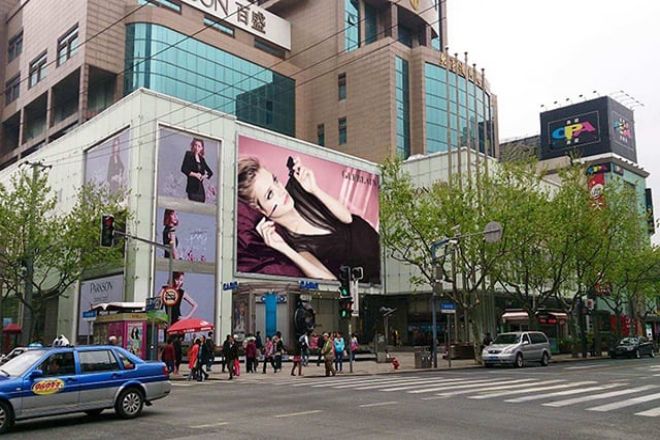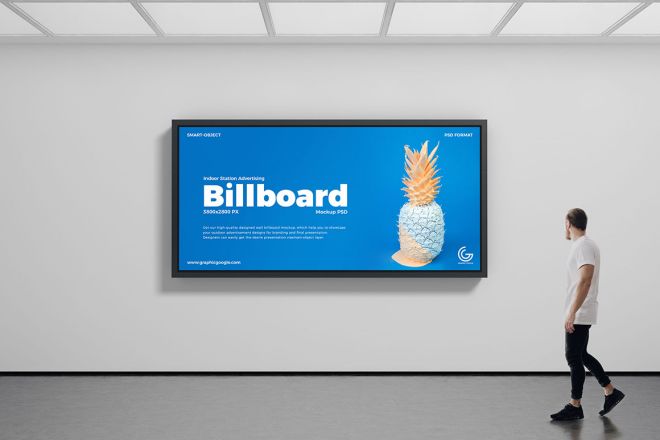Introduction

Full-color LED displays play an important role in modern life and are widely used in billboards, stage backgrounds, sports venues, and other occasions.
However, many users have encountered the problem of the display slowly dimming, which not only affects the visual effect but also shortens the life of the display. This article will delve into the reasons why full-color LED displays dim and provide effective solutions.
1. Working principle and brightness attenuation of full-color LED display

The working principle of the full-color LED display is based on the combination of multiple LED lamp beads, which are precisely controlled to produce various colors and brightness.
Each LED lamp bead is actually a miniature light source that emits light of a specific wavelength. By adjusting the brightness of these lamp beads, the full-color LED display can present colorful images and videos.
However, the brightness of full-color LED displays will gradually decay over time. This is due to the following main reasons:
- Chip aging:
The core part of LED lamp beads is the chip, which is responsible for generating light. Over time, the electronic components inside the chip will gradually age, causing its performance to degrade, thereby affecting brightness. This aging process is irreversible and usually accelerates over time.
- Encapsulation material degradation:
The outer packaging of LED lamp beads is usually made of special plastic or resin materials. During long-term use, these packaging materials will be affected by factors such as ultraviolet rays and heat, causing chemical reactions and resulting in poor light transmittance and reflectivity, thus reducing brightness.
- Driving circuit problem:
In order to control the brightness of LED lamp beads, a stable current source is needed. This is the role of the driving circuit. If there is a fault in the drive circuit, such as a change in resistance value, capacitor leakage, etc., the current supplied to the LED lamp beads will be unstable, resulting in reduced brightness or color distortion.
2. Possible reasons for the dimming of the full-color LED display

There are many possible reasons for the dimming of full-color LED displays, the most common of which are aging of the driving power supply, accumulation of dust and dirt, controller failure, and production process problems. These reasons may cause the brightness of the display to decrease, affecting its normal operation and use.
Aging of the driving power supply: The brightness of the full-color LED display is mainly controlled by the stable current provided by the driving power supply.
As time goes by, the electronic components inside the driving power supply will gradually age, causing its performance to decline and the current provided to be unstable or insufficient, thus affecting the brightness of the LED lamp beads.
If the driving power supply of the display screen ages, it will directly cause the overall brightness of the display screen to decrease.
- Accumulation of dust and dirt:
During long-term use, full-color LED displays will inevitably be affected by dust and dirt in the environment. These pollutants accumulate on the surface and inside of the display screen, which not only affects the normal reflection and transmission of light but also hinders heat dissipation, resulting in a reduction in the brightness of the LED lamp beads.
Especially displays used outdoors or in industrial environments are more susceptible to dust and dirt.
- Controller failure:
The controller of the full-color LED display is the core component that controls the entire display. If the controller fails, such as chip damage, circuit board failure, etc., the display will not work properly, including brightness and color performance.
The failure of the controller may be caused by many reasons, such as overload, static electricity, electromagnetic interference, etc.
- Production process issues:
The production process of full-color LED displays involves multiple links, including the welding of LED lamp beads, the production of circuit boards, and the design of drive circuits.
If there are problems such as poor welding, poor circuit board quality, and unreasonable drive circuit design during the production process, it may cause the brightness of the display to decrease during use. Production process problems are usually related to the manufacturer’s production quality control.
In addition to the above 4 common reasons, there are some other factors that may also cause the full-color LED display to darken, such as temperature changes in the use environment, excessive humidity, ultraviolet radiation, etc.
3. Methods and steps to solve the problem of dimming of full-color LED display

To solve the problem of dimming the full-color LED display, you can take the following series of solutions and steps:
- Check the driving power supply:
First, you need to check whether the driving power supply is working properly. You can check whether the output voltage and current of the power supply are normal by observing the power indicator light on the display or using tools such as a multimeter.
If the power supply is found to be aging or performance degraded, it needs to be replaced or repaired in time to ensure a stable energy supply for the display.
- Clean the display surface:
The surface of the full-color LED display is prone to accumulation of dust and dirt. These pollutants will affect the normal reflection and transmission of light, resulting in reduced brightness.
Therefore, it is very important to clean the display surface regularly. You can use a professional display cleaner and a soft cloth to display the surface to remove dust and dirt.
At the same time, pay attention to keeping the area around the display screen clean to avoid dust and dirt from accumulating again.
- Check the controller and circuits:
The controller and connecting circuits are the key parts of controlling the full-color LED display. If the controller or wiring fails, it will cause the display not to work properly or reduce brightness. It is necessary to check whether the circuit board and connecting lines of the controller are normal and whether there is obvious damage or aging.
If there is a fault, it needs to be repaired or replaced in time to ensure the stability and reliability of the control system.
- Adjust brightness and color correction parameters:
If the brightness reduction of the display screen is caused by inaccurate brightness or color parameters, the brightness and color of the display screen can be corrected through professional software. Specific methods include adjusting the current of LED lamp beads, adjusting gamma value, color temperature, and other parameters to achieve the best display effect.
This step requires professional technical and equipment support, and it is recommended to be performed by professionals.
- Regular maintenance and upkeep:
In order to ensure the long-term stability and brightness of the full-color LED display, it is necessary to establish a regular maintenance and upkeep system.
Regularly checking various components of the display, cleaning the surface, and checking the controller and wiring are all important steps in maintenance.
In addition, you also need to pay attention to checking whether the heat dissipation device of the display screen is working properly to ensure a good heat dissipation effect. Through regular maintenance and upkeep, the service life of the display can be extended, and good display effects can be maintained.
Conclusion
To sum up, solving the problem of dimming full-color LED displays requires careful consideration of multiple factors, and professional inspection and maintenance are also essential.
In addition, establishing a complete maintenance system is also the key to maintaining long-term stable brightness of the display.
Finally, if you are interested in LED displays, please contact us!
